The influence of women in myths on the presentation of women in modern media – Rosy F
This week on Wednesday, I spoke about my chosen topic of Classics in the Studd Society meeting. With the application deadlines swiftly approaching, it was a fantastic opportunity for me to showcase my extra reading into the subject I wish to study at university. If you were unable to attend the meeting, here is a (not so brief) summary of what I spoke about.
I first introduced my topic and why I wanted to study it. In my case, I am going to study Classics because I love the nonsensical myths that I am constantly reading about. Because of my love for myths, I decided that I wanted to read further into the presentation of women in myths, which I already had quite a good idea about. I was also really interested in how myths reflected the ancient lives of women, finding out that most of the presentations closely related to real evidence. An example of this idea is that Helen was so readily fought over because she would have held an advantageous position in wars, being the princess of Sparta.
But my curiosity did not stop there; I could not help but get angry at the presentations of women in myths because they constantly portrayed women as simple minded and helpless beauties. This then made me think about how similarly these common themes are to modern day films, so I then related the presentations of women in classical myths to the issues they may have sparked in modern day media.
I went on to talk about 4 presentations in particular; Helen of Troy, Pandora, The Amazons and Medusa, because I felt that these women are portrayed in different but defining ways.
Firstly Helen, known for being the beauty who caused the Trojan war. I found that Helen portrayed classical women in some accurate and some inaccurate ways, as although she would have been kidnapped because of her political advantage, she suggested that women would have had a lot of sexual freedom, which they did not. I concluded that Helen was not the cause of the Trojan war because even though she was beautiful, the war would never have been solely fought over a woman.
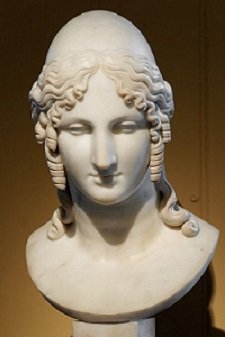
Next is Pandora, the releaser of chaos into the world. While she is remembered as being a girl who let her curiosity get the better of her, in ancient literature, she is known for being the ancestor of women (as the gods created her as a ‘beautiful evil’ for men). The way that Pandora is blamed for the release of chaos reflected the societal views of the time, where women were seen as economical liabilities.
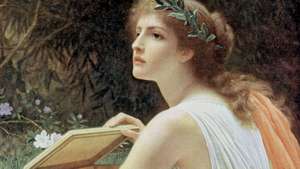
Both Helen and Pandora’s myths have been the focus of many classical receptions, as they have been immensely popular throughout time. I thought that the trope of slut shaming in modern day related the closest to their presentations, as they are blamed for massive disasters, when in truth, it is not their fault. They are both highly sexualised to be simplified down to their beauty, which relates to modern day media, where powerful women are constantly seen as sex symbols. I believe that these women, and countless others in media, are sexualised and simplified in order to suppress their qualities to fit to a patriarchal society. Male dominated societies can not have self realised women wondering around in order to maintain their control.
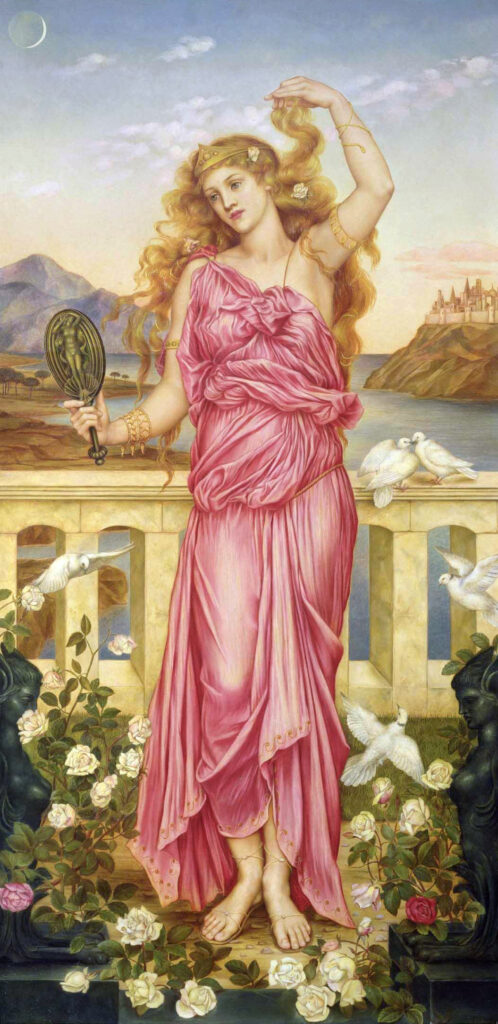
Then I spoke about the Amazons, a race of warrior women. There was lots of evidence in classical literature that places existed with female lead communities, one being a settlement called Amazonium, which suggests that even though warrior women did not fit with society at the time, they may have existed outside of mainstream classical society. I found many theories which suggested that the Amazons did not exist but these were from later centuries and I thought that these may be more ploys of subduing women into believing that powerful women are fictional.
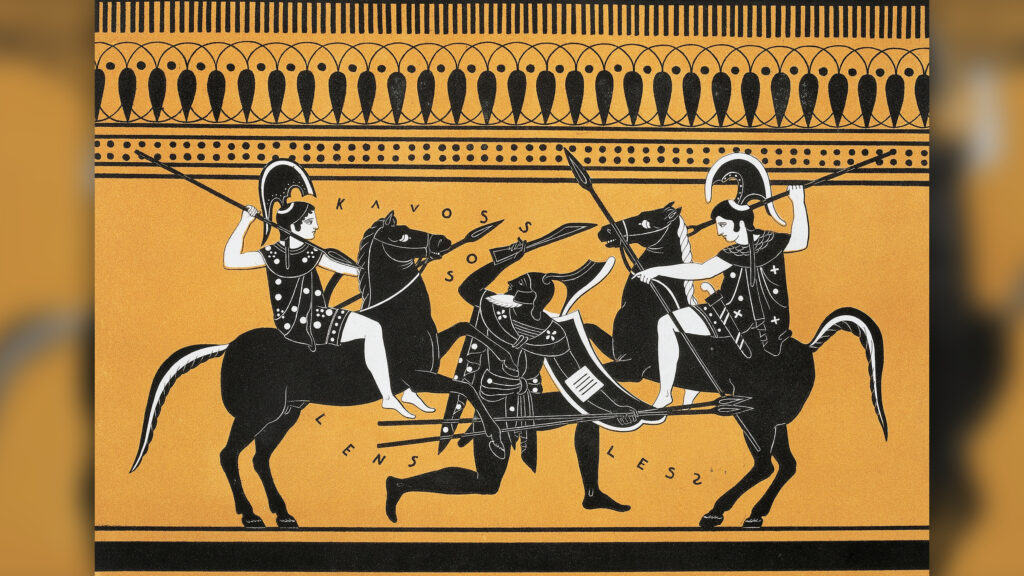
The true bravery and strength of the Amazons is continually diminished by sexualisation and inaccurate representation in modern society. I would suggest that this is, again, to make women believe that there is no way that they could ever be as strong as men, further making them fit to the patriarchal society. This relates to modern media as Amazons, like Wonder Woman, are placed in universes so fictional, their powers become unrealistic and therefore unachievable.
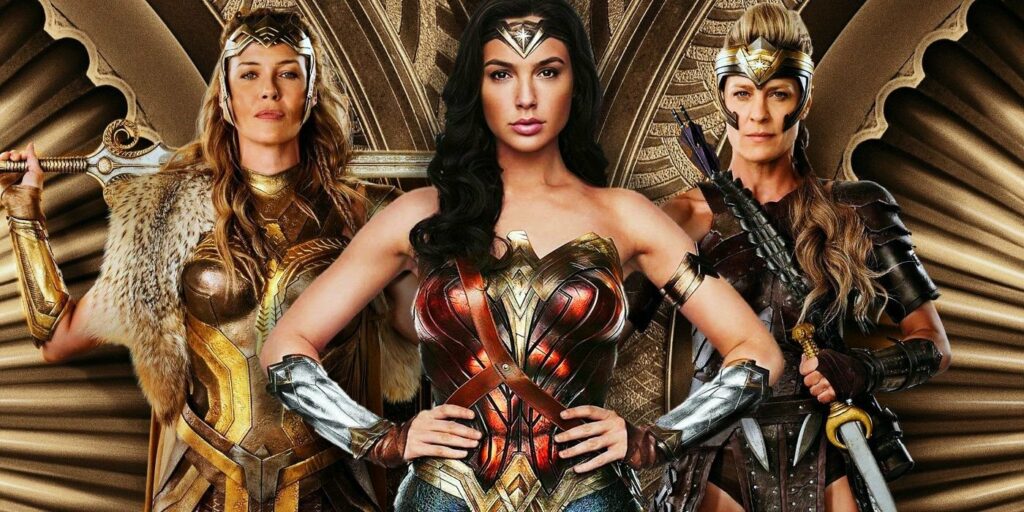
Finally, we have Medusa, the gorgon who turns people to stone. Whether you felt that her metamorphoses, at the hands of Athena, was a protection or a punishment, Medusa is treated without any respect. She is constantly treated as an object, disposable and insignificant to others, as well as then being seen as a heartless monster when she has no other choice.
This made Medusa as very popular focus through continuous generations. From the 19th century, Medusa is referred to as a ‘femme fatale’ because she embodies a woman who is seemingly alluring as well as threatening. This idea of the ‘femme fatale’ was then transferred to real Women in positions of power, as they also represent, not only sexual fear, but also political fear in men. Women like Hillary Clinton were the object of political propaganda, where her face was photoshopped onto the face of medusa in Cellini’s sculpture of ‘Perseus Triumphant’. I believed that this was because people will always fear a woman who is not afraid to go against the traditional submission of the patriarchy, and therefore are labelled as monsters.
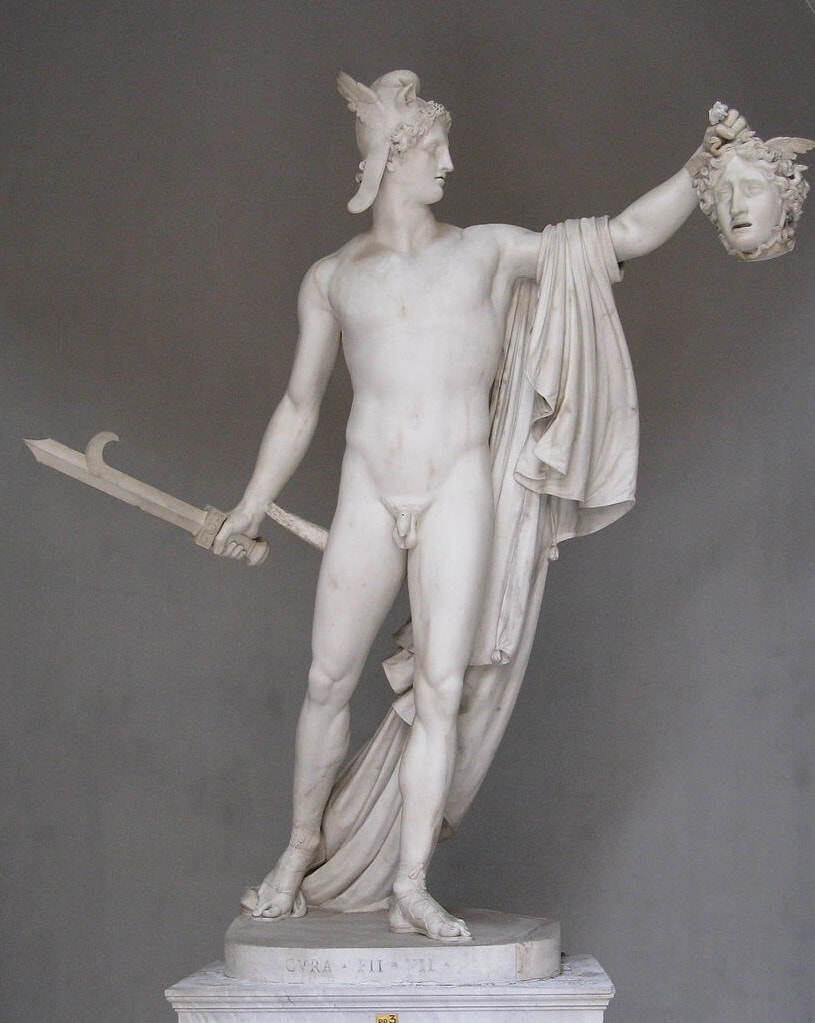
Another reception of Medusa is Garbati’s sculpture, which reverses Cellini’s. This became a symbol of the MeToo movement, where women were reclaiming their trauma, highlighting the sexual violence that happens at the hands of (most commonly) men. It helped men empathise with women, showing how unfair it is to be constantly treated as an object. I love how this modern day reception has a positive impact on the presentation of women in media, as it is raising awareness of the unfair treatment of women.
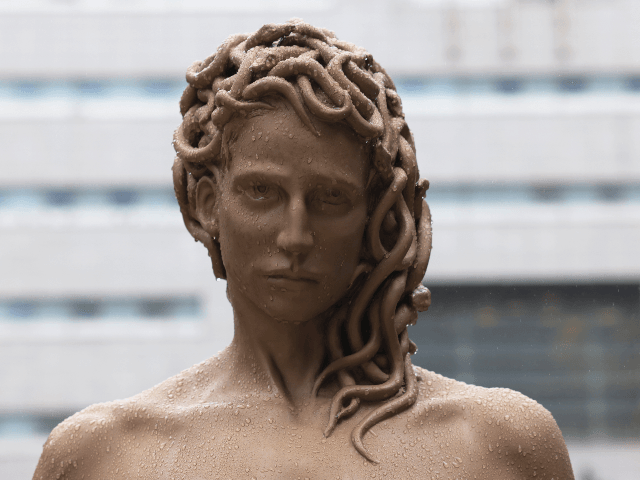
From all these representations and receptions, I summarised that the representation of women in classical myths has influenced the way women are presented in modern day, as it has lead to the maintenance of the male gaze.
These portrayals reinforce the gender stereotypes of femininity being a weakness, women only being viewed on the appeal to masculine desires and powerful women being undesirable. This is understandable as the male gaze is an ancient concept because myths were created by men for the appeal of other men, which becomes in modern day, men creating films for a male audience.
I then finished my speech by concluding that the presentation of women in classical myths is there to subdue women into conforming to a patriarchal society, which influenced modern day in the form of the male gaze as society is still run by men.
The sources I used were:
‘Pandora’s Jar’ by Natalie Haynes
‘Women at War in the Classical World’ by Paul Chrystal
‘Goddesses, Wives, Whores and Slaves’ by Sarah B Pomery
‘Metamorphoses’ by Ovid
‘Slut Shaming of Helen of Troy’ by Emily Wilson



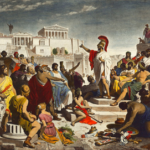











Post Comment
You must be logged in to post a comment.